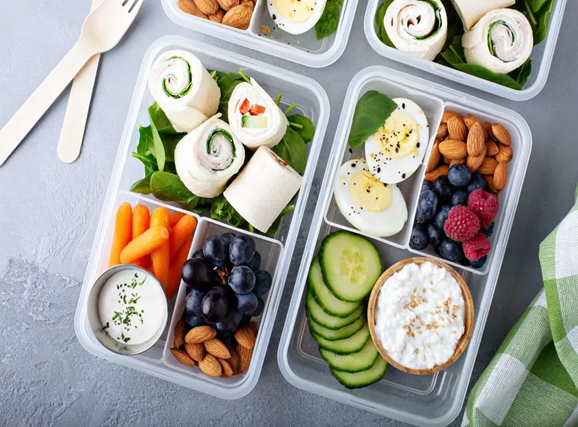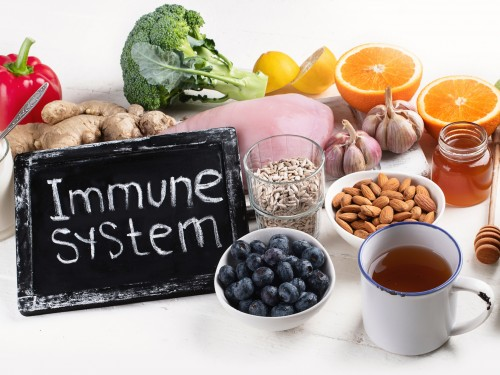Breastfeeding is a critical part of motherhood that shouldn’t be taken for granted. Breastmilk is composed from the foods consumed by the breast-feeding mum hence, the need to consume a healthy diet.
As a new mom or intending mom, you are wondering if
there are foods you can consume to support lactation. Consuming specific foods
can increase your breastmilk production thereby making it easier for you and
your baby. Since breast milk is the sole source of the newborn’s nourishment, it is
important to ensure you produce an adequate quantity of it.
If you are worried your
baby is not getting enough breastmilk to meet his demands, we got you covered
with these list of foods.
Water/fluid:
breastmilk contains more than 80% of water. Therefore, staying hydrated is
essential to adequate milk production. Drinking up to 3.0l or 9 glasses of
water daily will help boost milk supply.
Kunu:
kunu is a local beverage made from fermented millet and sorghum, rice, and dried potato. This nutritious beverage contains carbohydrates, protein and fat which are essential for normal body functions
Pap:
pap is made from fermented maize, millet or sorghum popularly called
akamu, or ogi. It is packed with lots of nutrients and helps in boosting
breastmilk production. For better nourishment, add any milk of choice.
Oatmeal:
oat is a whole grain rich in dietary fibre with a wide nutritional profile. it is known to increase oxytocin levels in the body. It can be taken as pudding, mixed into a smoothie or consumed together with any
soup of choice; it can also be used in making different confectioneries.
Carrots:
Carrot is a root vegetable rich in fibre, it adds colour and vital nutrients to
the diet. Its phytoestrogen content is responsible for its lactogenic effects.
Green leafy vegetables:
green leafy veggies are an excellent source of both soluble and insoluble
nutrients, dietary fibre and other bioactive compounds that are vital for
maternal nutrition and postpartum recovery. It is also an excellent source of
phytoestrogen that may enhance milk let-down.
Sesame seeds are rich in protein, fibre and calcium and other vital nutrients needed for
maternal nutrition. It is loaded with phytochemicals that promote prolactin
secretion and improve milk supply. It can be consumed by adding to your
homemade snacks, salads, pasta or processed into milk.
Nuts:
nuts like cashew, almonds etc promote breastmilk production as they are rich in
phytoestrogen. A handful a day offer vital nutrients such as healthy fats
protein and calcium.


